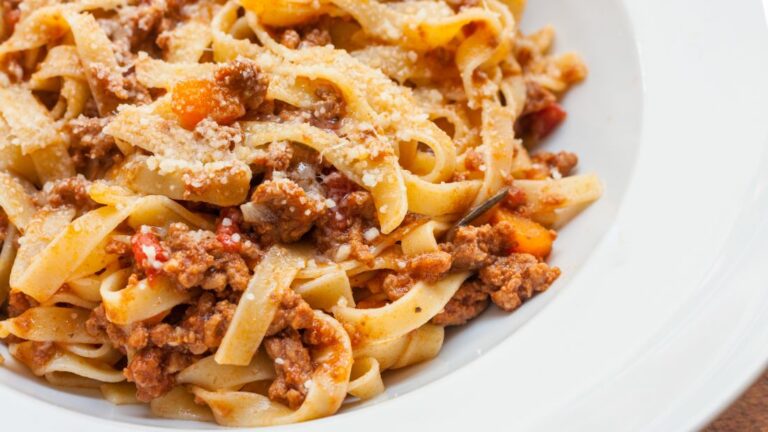Introduction: Understanding Italian Cuisine
Italian cuisine is one of the most well-known and popular cuisines worldwide. It is famous for its tasty and rich flavors, fresh ingredients, and simple methods of preparation. Italian cuisine is influenced by various factors, including religious beliefs, geographical differences, and cultural traditions. Due to the historical and cultural significance of the country, Italian cuisine has a significant impact on the culinary world.
The Influence of Religion on Italian Cuisine
Religion has a significant influence on Italian cuisine, particularly on dietary restrictions and considerations. Since the majority of the population is Roman Catholic, Italian cuisine has a strong tradition of fasting and abstinence. During Lent and other religious holidays, Catholics avoid meat, which leads to the creation of meat-free dishes such as pasta with fish sauce, vegetable soups, and pizza with vegetables. Additionally, many Italian dishes are named after religious figures or events, such as La Colomba Pasquale (Easter dove cake) and Il Panettone (Christmas cake).
The Role of Regional Differences in Italian Cuisine
Italian cuisine is heavily influenced by regional differences. Each region has its unique culinary tradition and specialties. For example, Northern Italian cuisine tends to be more dairy-based, featuring rich flavors and creamy sauces. Southern Italian cuisine, on the other hand, is heavily influenced by the Mediterranean diet, featuring fresh seafood, vegetables, and olive oil. Central Italy is known for its hearty soups made with beans and vegetables. These regional differences have created a wide variety of dishes that cater to different tastes and preferences.
Dietary Restrictions and Italian Cuisine
Italian cuisine has a wide variety of dishes that cater to different dietary restrictions. Due to the high consumption of meat in traditional Italian cuisine, some dishes may not be suitable for those following a vegetarian or vegan diet. However, there are still many options available, such as pasta with tomato sauce, risotto with mushrooms, and vegetable lasagna. Additionally, many Italian dishes are gluten-free, such as polenta, risotto, and pasta made from rice or corn instead of wheat.
Gluten-Free Options in Italian Cuisine
Gluten-free Italian cuisine is becoming increasingly popular due to the rise in gluten intolerance and celiac disease. Italian cuisine offers many gluten-free options, ranging from pasta made from rice or corn to dishes such as risotto and polenta. Additionally, many Italian sauces and soups are gluten-free, such as tomato sauce, minestrone, and vegetable soups. It is important to note that some Italian dishes may contain hidden sources of gluten, such as breadcrumbs or flour in meatballs and meatloaf.
Vegetarian and Vegan Options in Italian Cuisine
Italian cuisine has many vegetarian and vegan options available. Popular vegetarian dishes include Margherita pizza, caprese salad, and pasta with tomato sauce. Vegan options include pasta with tomato sauce, pasta with garlic and olive oil, and vegetable risotto. Additionally, many Italian restaurants offer vegan cheese as a substitute for traditional cheese. It is essential to communicate your dietary restrictions to the restaurant staff to ensure that your meal is prepared accordingly.

